ProjectHOPE
DRIVING QUESTION: How can we better understand the experiences, contributions, and impact of Chinese immigrants in California, through research, fieldwork, writing, and the design of a community event?
PHASE THREE THE GHOSTS OF GOLD MOUNTAIN
In 1865, The Central Pacific Company hired nearly 5,000 Chinese workers to construct the railroad through the Sierra Nevada range. Their back-breaking labor, as well as an extensive knowledge of gunpowder, led the railroad through the challenging Sierra Nevadas.
While Central Pacific constructed 15 tunnels through the Sierras - five on the west slope, one at the summit, and nine on the east slope, the longest, and most challenging was Summit Tunnel - 1,659 feet through solid granite. The Chinese crews completed the project in a remarkable 16 months - considerably less than the three years projected for its completion, enabling the Central Pacific to pass through the mountains and onto the much flatter topography in Nevada. Approximately 2,000 Chinese workers lost their lives working on the railroad.
In class, we will reconstruct Summit Tunnel, and fill it with charcoal artwork and writing that shows off our learning. HERE is a link with more information about visiting Summit Tunnel. Families are encouraged to visit and take photos! Mr. and Mrs. Tubach visited in September 2023 (see photos below).
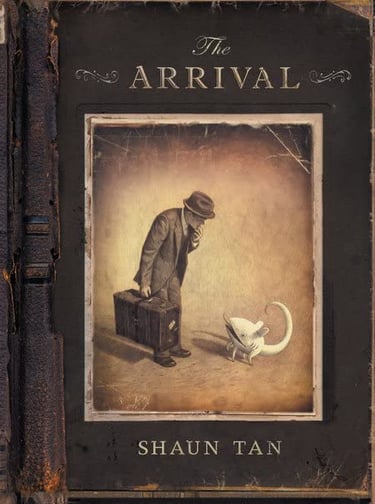

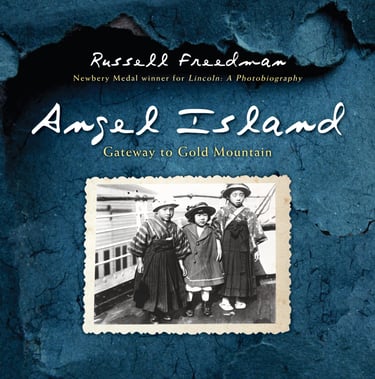

Immigration. It has been a fundamental part of our country since its founding. We are a Nation of Immigrants. E PLURIBUS UNUM ("out of many, one" LATIN) our country's motto, speaks to this, as does our most recognizable monument, The Statue of Liberty. Most Americans grow up learning about the experiences of European immigrants through Ellis Island in New York, but that is only part of OUR story. PROJECT HOPE focuses on the contrasting experiences and indelible contributions of Chinese immigrants in California, from The Gold Rush to present. Student will learn about these experiences through research (books, articles, documentaries), then design an interactive event for our community. This event will focus on Summit Tunnel, Angel Island, and life in Chinatown, SF. This dynamic approach will lead to a more robust understanding of the human condition.
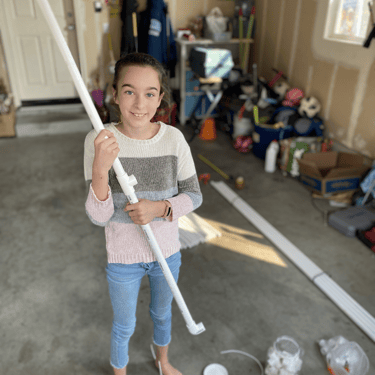


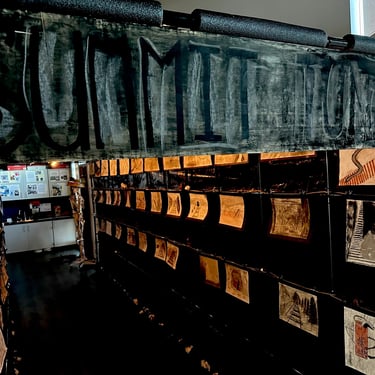

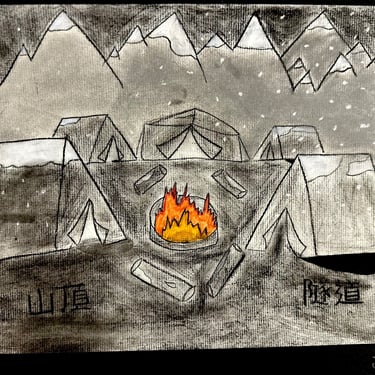

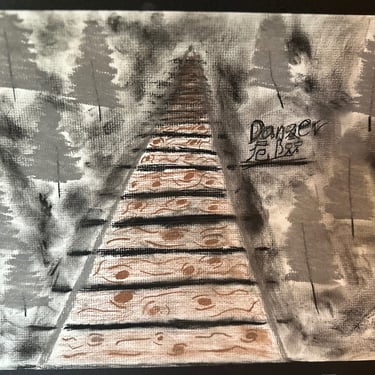
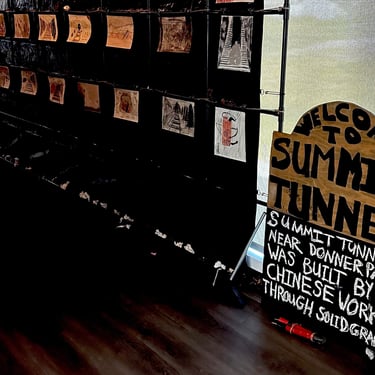
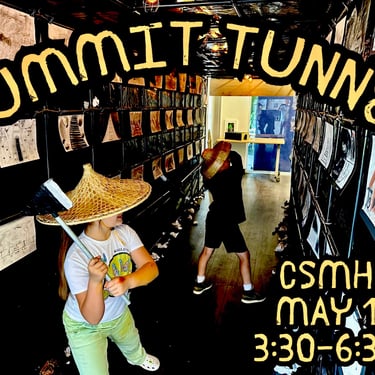
As students study the impact of Chinese immigrants in California, including the Transcontinental Railroad, they will construct a classroom tunnel, then create art pieces that reflect their learning. This replica of the Summit Tunnel, will be on display during Spring Exhibition.

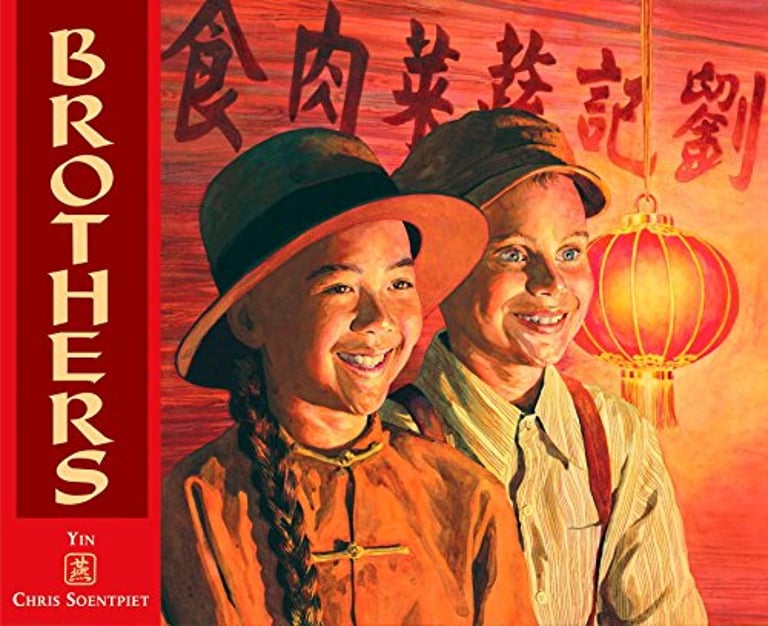


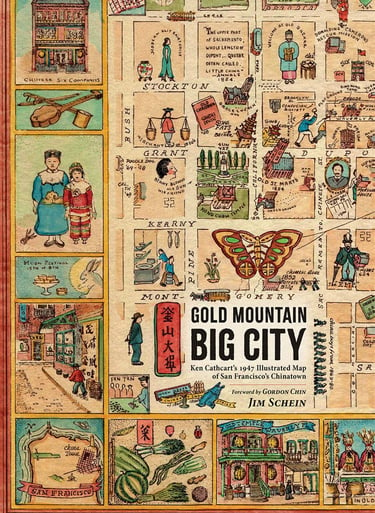

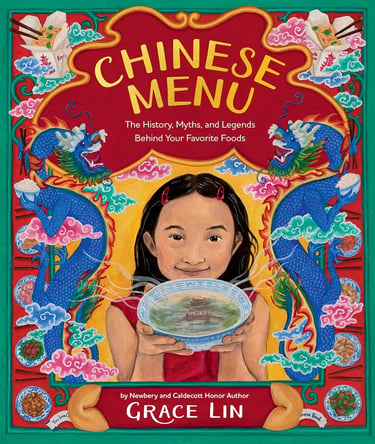

PHASE ONE ANGEL ISLAND "GATEWAY TO GOLD MOUNTAIN"
Students will begin by learning about the experiences of Chinese immigrants who came through the immigration station on Angel Island between 1910-1940. In class, we will watch short documentaries, and read the book Angel Island Gateway to Gold Mountain. We will also "read" an amazing wordless book called The Arrival. Students will use the facts that they glean to create first-person narrative journals. These are told from the POV of Chinese immigrants moving from Guangdong Province (Southern China), across the Pacific, detained on Angel Island, and eventually settling in Chinatown, San Francisco. This will be our segue to phase two, which focuses on the culture and history of Chinatown.
Angel Island immigration Station Tour
A journey Through Angel Island Video
Fat Pork's Interrogation (from Illegal: A New Musical)
PHASE TWO GOLD MOUNTAIN, BIG CITY
We will begin our exploration of Chinatown by looking to history. Students will learn about the bubonic plague outbreak of 1901-1905, then the earthquake and fire that destroyed most of San Francisco in 1906. We will also focus on "streets and structures," as students work in teams to create illustrated maps of Chinatown. We will read excerpts from two books: Gold Mountain Big City, and Chinese Menu. Chinatown has a unique and vibrant culture, that we will explore in a dynamic way.
Students will work collaboratively to create an interactive experience for our community (Spring Exhibition). They will use their new understanding from phases 1-3, as well as book clubs, to design an original experience for children and adults. This is surely to be an event that nobody will soon forget.
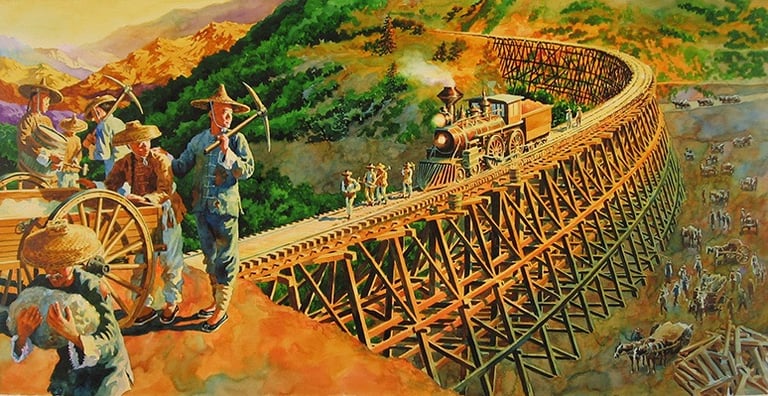

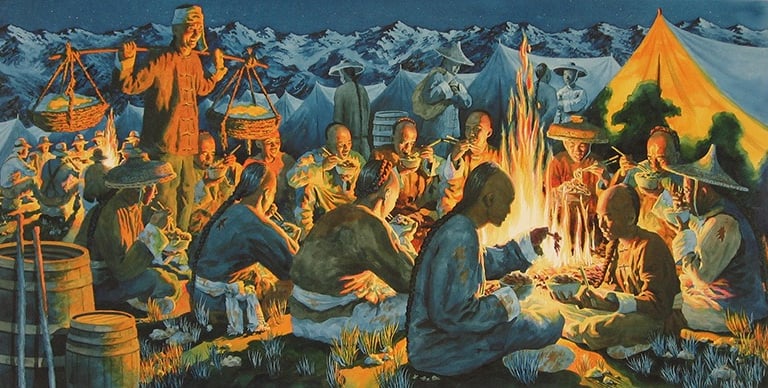

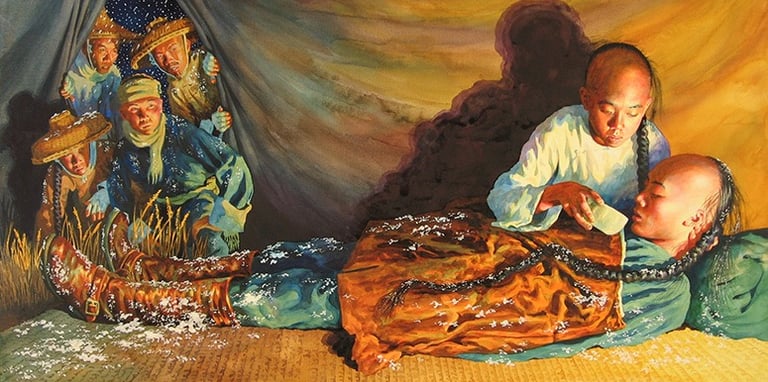

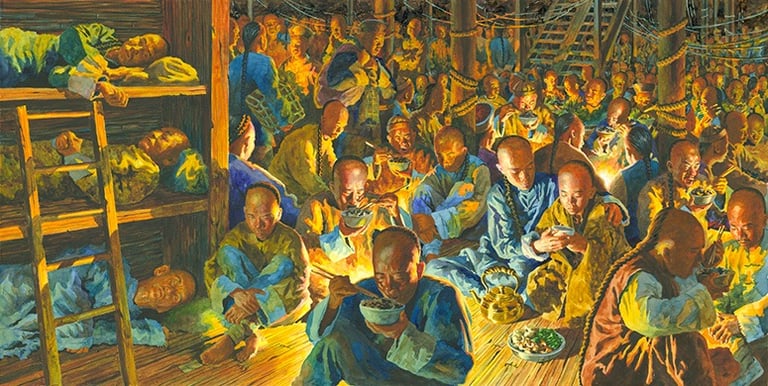

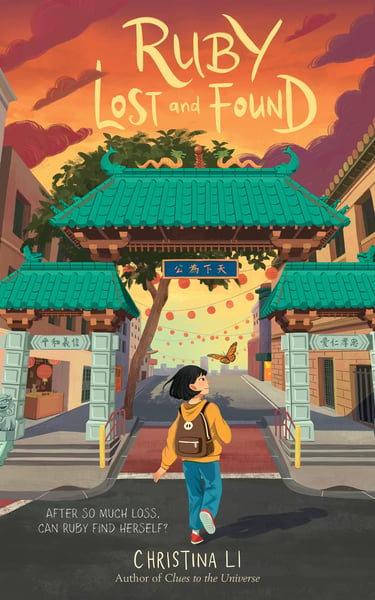

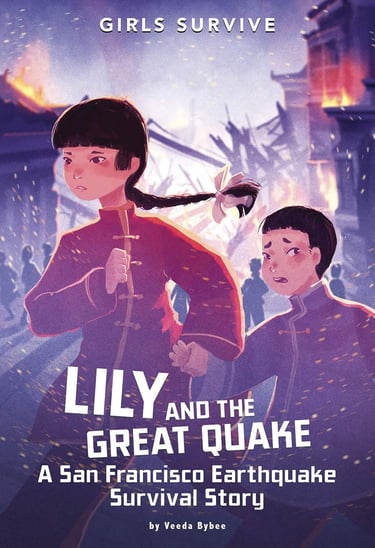

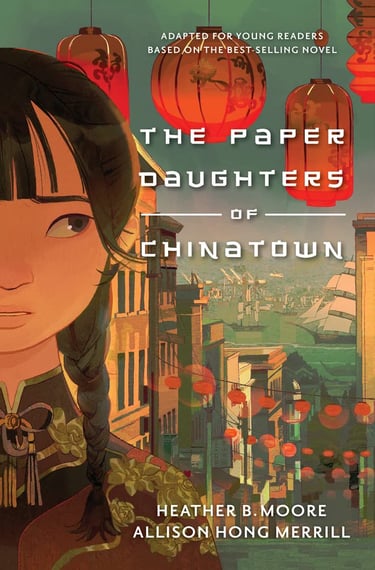


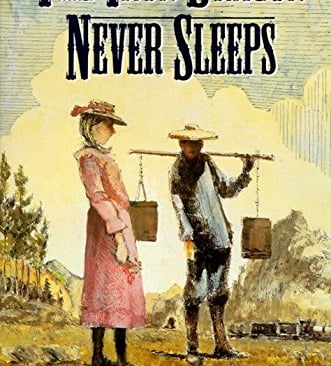
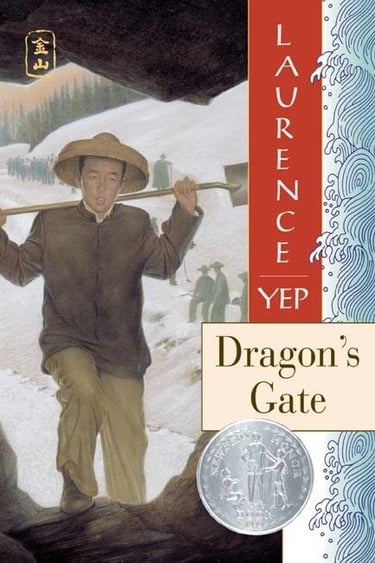

Project HOPE BOOK CLUBS
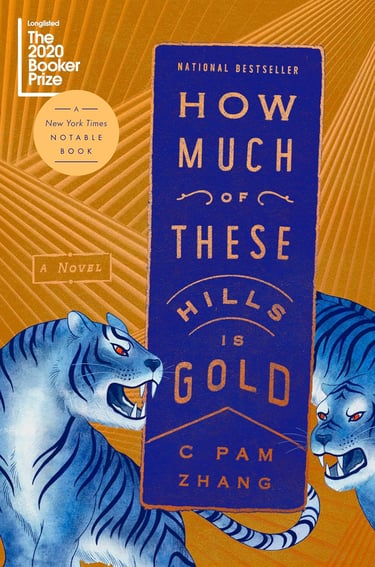



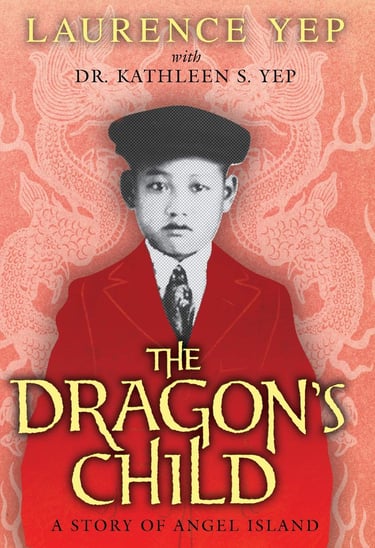

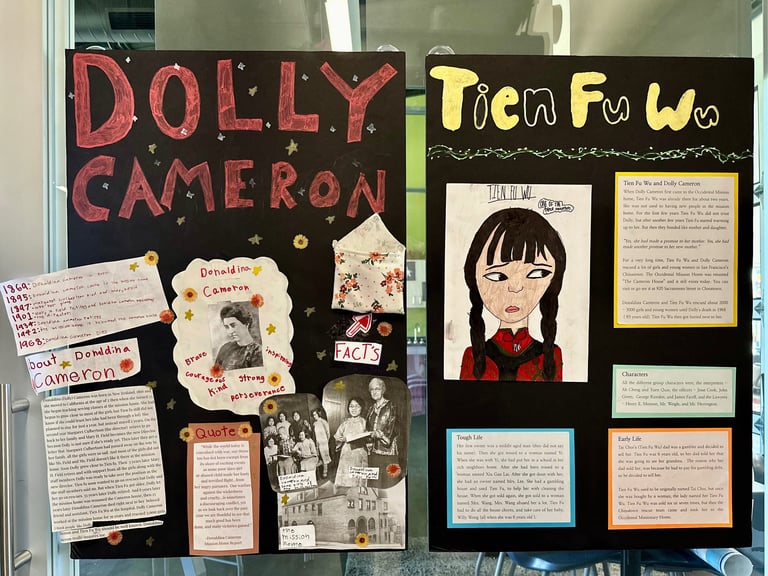



ANGEL ISLAND TOUR
Eat a good breakfast! Each student will need to bring a snack, sack lunch, water, small backpack, and hat (or sunblock at home) on the field trip. They will eat lunch at different times, depending on which group they are in. See the schedule below.
We are asking chaperones to cover parking in Tiburon ($5) and the Golden Gate Toll ($9.75). The roundtrip ferry ($), and the immigration station tour ($) will be prepaid by the CSMH Foundation.
Directions and parking information ... Map the Chase Bank on Tiburon Blvd. You you can park on either side (Lot A and Lot B are both $5 -- Lot A takes cards, Lot B is cash only). Continue to walk down Tiburon Blvd. until you get to the fountain. Turn right and look for the ferry terminal. Please make sure you arrive before 9:50. The ferry will depart at 10:00, no matter what. Click here to see the map: https://angelislandferry.com/parking-information
Detention Barracks tour: Students should listen closely to the tour guide, be mindful of their environment, raise their hands to ask or answer questions, and show respect at all times. Each class will be together for the tour. Stay close and listen.
Immigration Station Museum: Students should stay with their chaperones and walk through the museum quietly. This is an opportunity to read, discuss (quietly), and interact with each display. Look for the statue design titled “A STATUE FOR OUR HARBOR.” Listen to all audio recordings. Make sure to take a photo by the granite monument outside (toward the water).
Lunch: Students should eat at the tables, then pick up any trash. This is a good time to use the restroom, and take photos outside. Students should only walk
around with chaperones. Be sure to take a photo by the bell.
Group 1 HAGER
Depart CSMH 7:20 (NO LATER)
Arrive Tiburon 9:40
Light snack at ferry dock
Depart Tiburon: 10:00
Arrive on Angel Island: 10:20
Hike to Immigration Station (1.5mi)
Immigration Station Tour: 11:00
Lunch Outside 11:30
Angel Island Immigration Museum 12:00
Hike to cove and explore
Depart Angel Island: 1:20
Depart Tiburon 1:45
Arrive Chinatown 2:15
CHSA 2:30 (30 minutes)
Dinner in Chinatown 5:00
Depart Chinatown at 6:30
Arrive at CSMH 8:00
Group 2 SPENCER
Depart CSMH 7:15 (NO LATER)
Arrive Tiburon 9:40
Light snack at ferry dock
Depart Tiburon on ferry: 10:00
Arrive on Angel Island: 10:20
Hike to Immigration Station (1.5mi)
Lunch Outside 11:00
Angel Island Immigration Museum 11:30
Immigration Station Tour: 12:00
Hike to cove and explore
Depart Angel Island: 1:20
Depart Tiburon 1:45
Arrive Chinatown 2:15
CHSA 3:00 (30 minutes)
Dinner in Chinatown 5:00
Depart Chinatown at 6:30
Arrive at CSMH 8:00
Group 3 TUBACH
Depart CSMH 7:15 (NO LATER)
Arrive Tiburon 9:40
Light snack at ferry dock
Depart Tiburon on ferry: 10:00
Arrive on Angel Island: 10:20
Hike to Immigration Station (1.5mi)
Angel Island Immigration Museum 11:00
Immigration Station Tour: 11:30
Lunch 12:00
Hike to cove and explore
Depart Angel Island: 1:20
Depart Tiburon 1:45
Arrive Chinatown 2:15
CHSA 3:00 (30 minutes)
Dinner in Chinatown 5:00
Depart Chinatown at 6:30
Arrive at CSMH 8:00
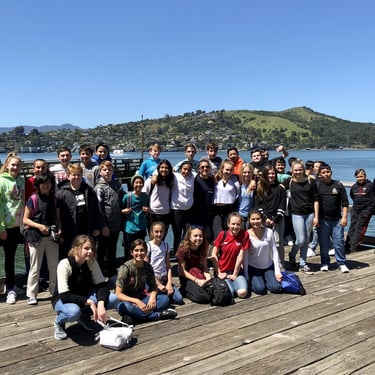
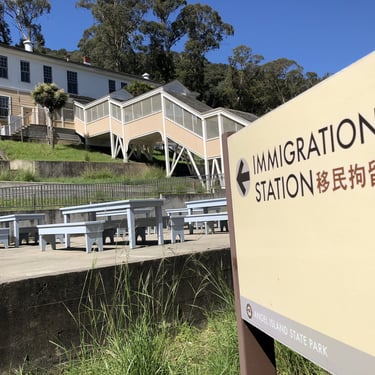
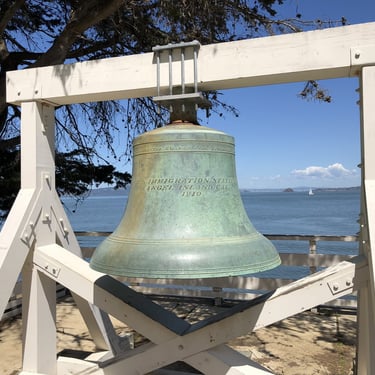


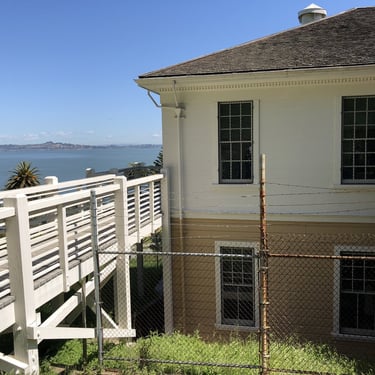


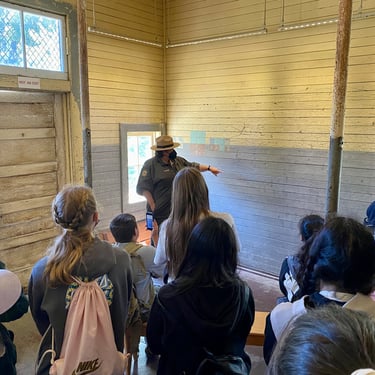


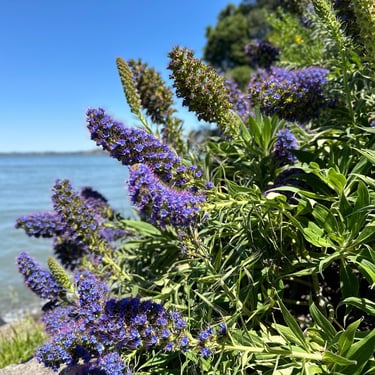
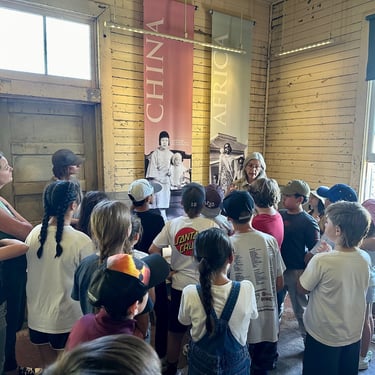

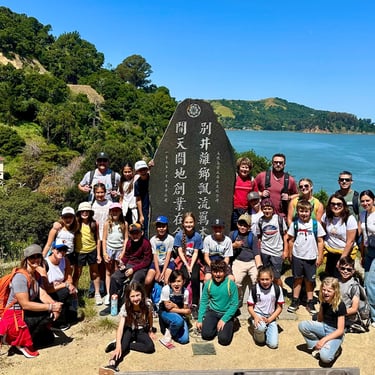
CHINATOWN SCAVANGER HUNT
Food: Eat a good breakfast! Each student will need to bring a sack lunch and water on the Chinatown Scavenger Hunt. All groups will be treated to authentic Chinese snacks along the way. Adult chaperones will be given a cash allotment for the scavenger hunt and parking.
Chaperone Money: Parking at Portsmouth Square ($20). Food allotment per person ($20). CHSA museum ($) will be prepaid by CSMH.
PLEASE SAVE ALL RECEIPTS and return them, along with any unused cash, to Mr. Tubach THE NEXT SCHOOL DAY. Students might want to bring some money for souvenirs. Lots of interesting things to purchase in Chinatown! Fireworks, throwing stars and nunchucks are NOT allowed.
Directions and parking information for Portsmouth Square Plaza Garage in Chinatown: http://www.sfpsg.com/index.html .Use Apple Maps or Google Maps, park and proceed to the square above the parking garage. This is a relatively safe parking garage, but please keep valuables out of sight.
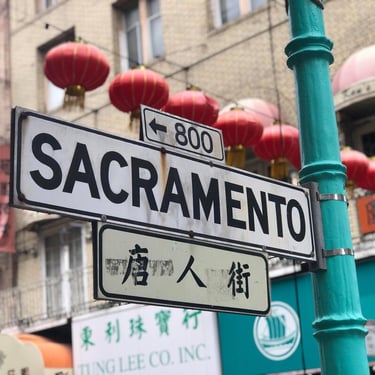
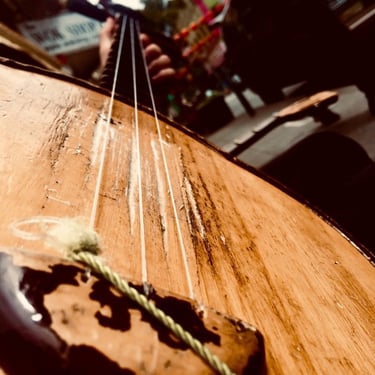
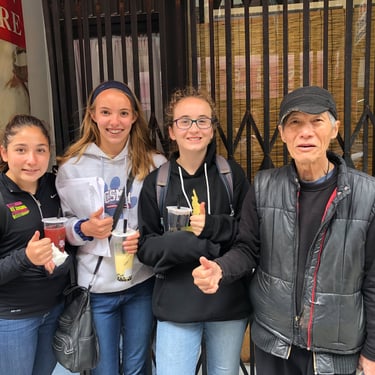
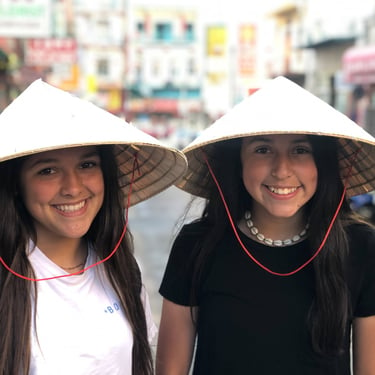
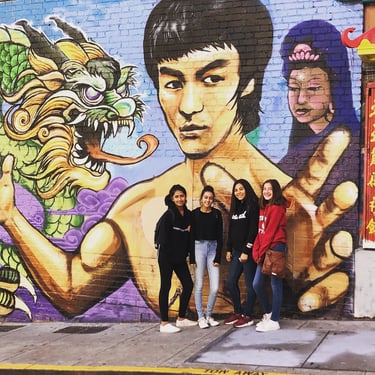
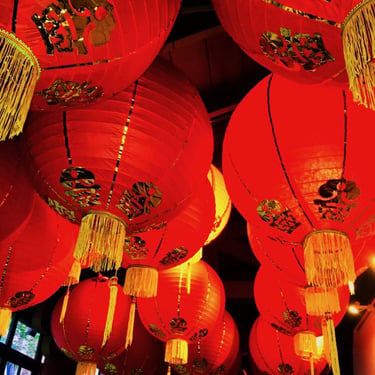
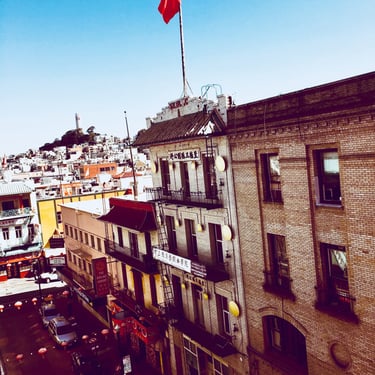
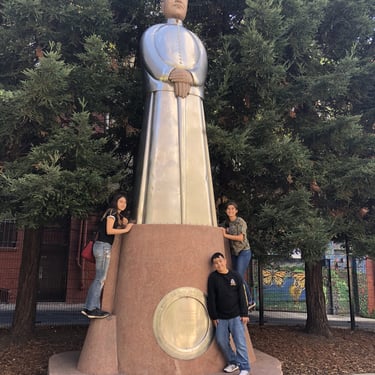
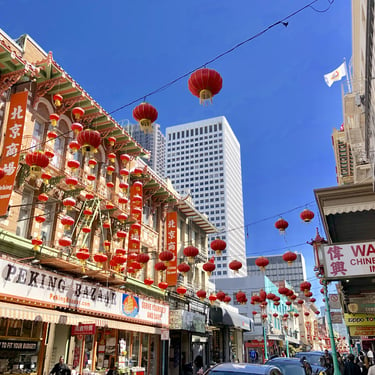

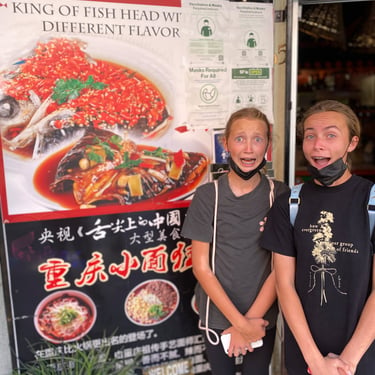
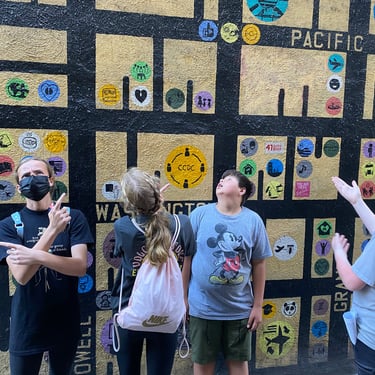
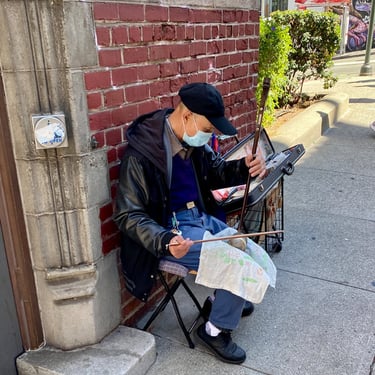





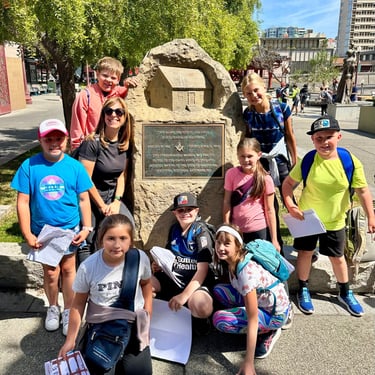

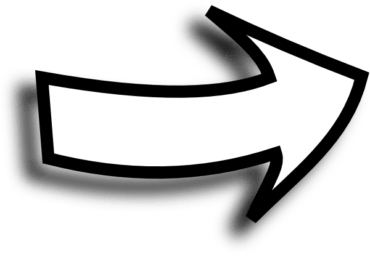
CLICK HERE

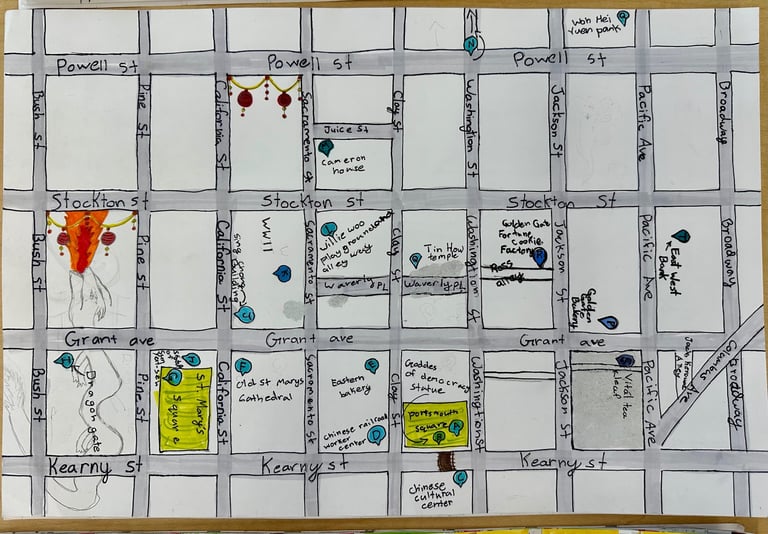
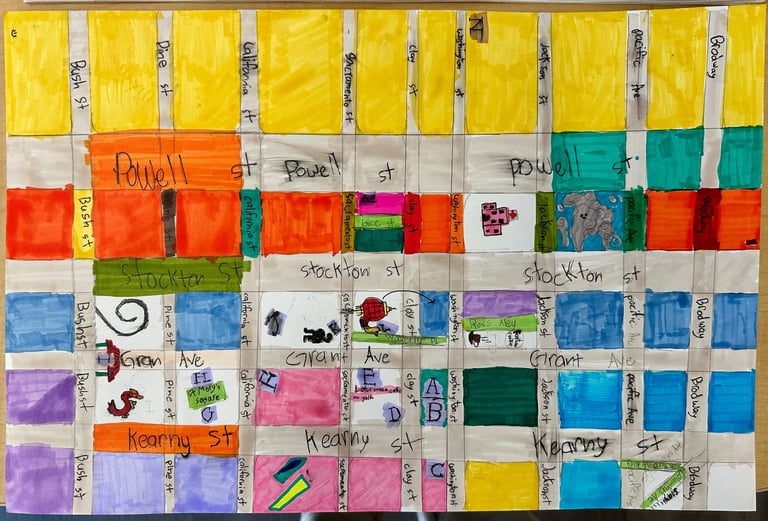



CHINATOWN ILLUSTATED MAPS
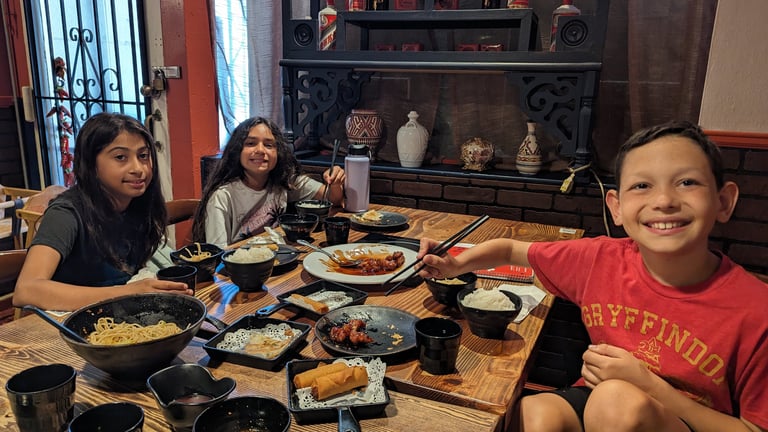
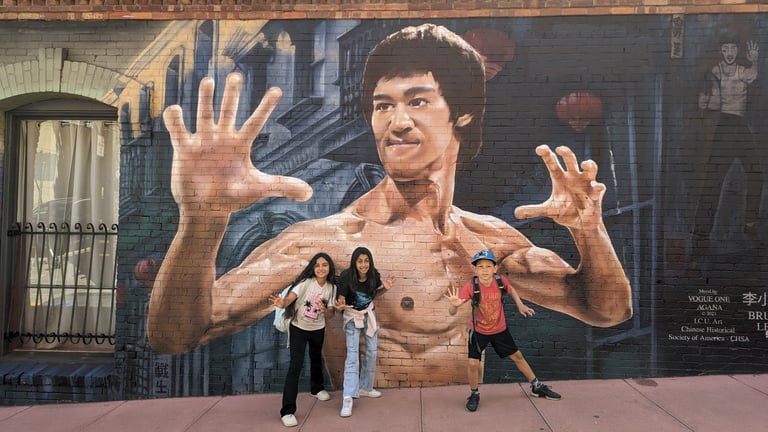


Return to gold mountain


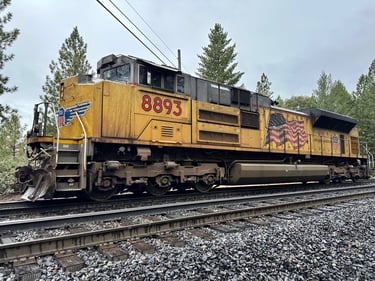
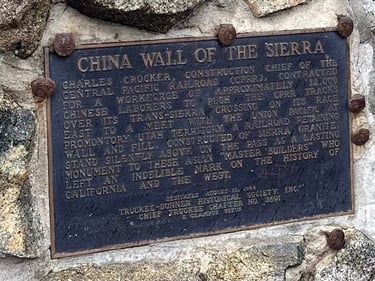
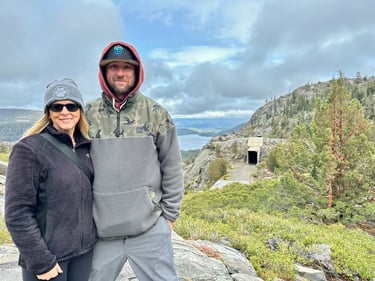
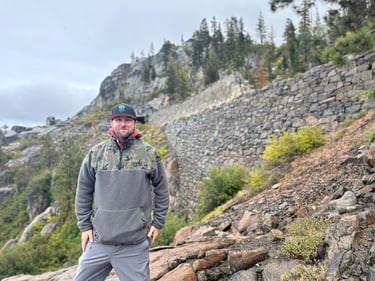
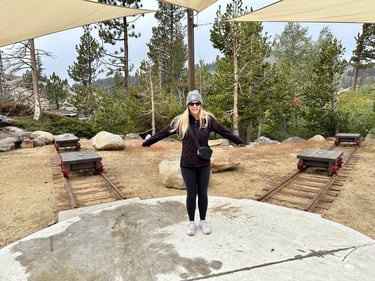
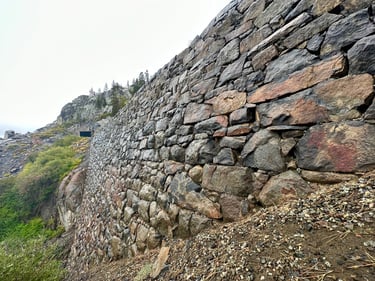
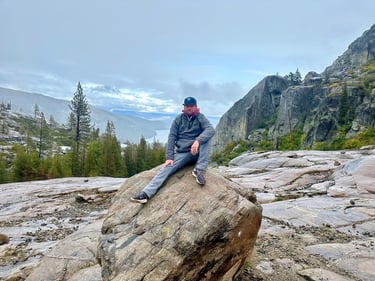


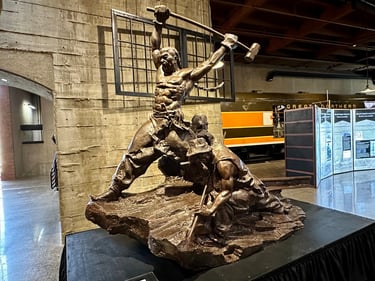












Books and Documentaries for Adults
Books on Chinese Immigration and Experiences:
The Chinatown War, by Scott Zesch
Driven Out, by Jean Pfaelzer
Gold Mountain, Big City, by Jim Schein (maps and art by Ken Cathcart)
At American's Gates, by Erika lee
The White Devil's Daughters, by Julia Flynn Siler
Black Death at the Golden Gate, by David K. Randall
Ghosts of Gold Mountain, by Gordon H. Chang
Documentaries on Chinese Immigration and Experiences:
Chinese Exclusions Acts (American Experience, PBS)
Plague at the Golden Gate (American Experience, PBS)
Edutopia articles on project hope
project standards
4.1.5 Use maps, charts, and pictures to describe how communities in California vary in land use, vegetation, wildlife, climate, population density, architecture, services, and transportation.
4.3.2 Compare how and why people traveled to California and the routes they traveled.
4.4.1 Understand the story and lasting influence of ... the building of the transcontinental railroad, including the contributions of Chinese workers to its construction.
4.4.3 Discuss immigration and migration to California between 1850 and 1900, including the diverse composition of those who came; the countries of origin and their relative locations; and conflicts and accords among the diverse groups (e.g., the 1882 Chinese Exclusion Act).
4.4.4 Describe rapid American immigration, internal migration, settlement, and the growth of towns and cities.
CCSS.ELA-LITERACY.RI.4.1 Refer to details and examples in a text when explaining what the text says explicitly and when drawing inferences from the text.
CCSS.ELA-LITERACY.RI.4.3 Explain events, procedures, ideas, or concepts in a historical, scientific, or technical text, including what happened and why, based on specific information in the text.
CCSS.ELA-LITERACY.RI.4.4 Determine the meaning of general academic and domain-specific words or phrases in a text relevant to a grade 4 topic or subject area.
CCSS.ELA-LITERACY.RI.4.5 Describe the overall structure (e.g., chronology, comparison, cause/effect, problem/solution) of events, ideas, concepts, or information in a text or part of a text.
CCSS.ELA-LITERACY.RI.4.6 Compare and contrast a firsthand and secondhand account of the same event or topic; describe the differences in focus and the information provided.
CCSS.ELA-LITERACY.RL.4.6 Compare and contrast the point of view from which different stories are narrated, including the difference between first- and third-person narrations.
CCSS.ELA-LITERACY.RI.4.8 Explain how an author uses reasons and evidence to support particular points in a text.
CCSS.ELA-LITERACY.RI.4.9 Integrate information from two texts on the same topic in order to write or speak about the subject knowledgeably.
CCSS.ELA-LITERACY.RL.4.9 Compare and contrast the treatment of similar themes and topics (e.g., opposition of good and evil) and patterns of events (e.g., the quest) in stories, myths, and traditional literature from different cultures.
CCSS.ELA-LITERACY.W.4.2.B Develop the topic with facts, definitions, concrete details, quotations, or other information and examples related to the topic.
CCSS.ELA-LITERACY.W.4.2.D Use precise language and domain-specific vocabulary to inform about or explain the topic.
CCSS.ELA-LITERACY.W.4.3 Write narratives to develop real or imagined experiences or events using effective technique, descriptive details, and clear event sequences.
CCSS.ELA-LITERACY.W.4.3 Write narratives to develop real or imagined experiences or events using effective technique, descriptive details, and clear event sequences.
CCSS.ELA-LITERACY.W.4.7 Conduct short research projects that build knowledge through investigation of different aspects of a topic.
CCSS.ELA-LITERACY.W.4.9 Draw evidence from literary or informational texts to support analysis, reflection, and research.
